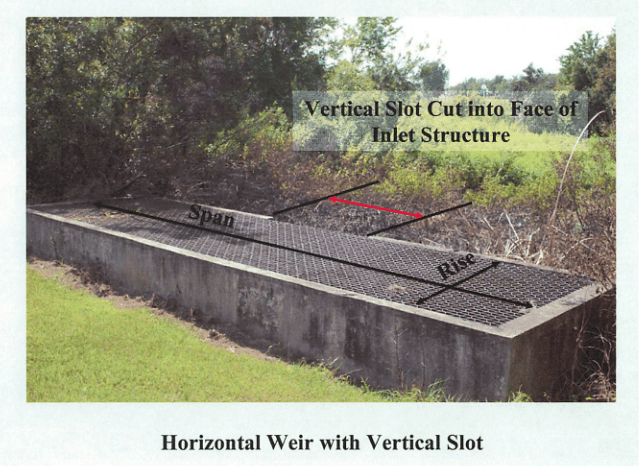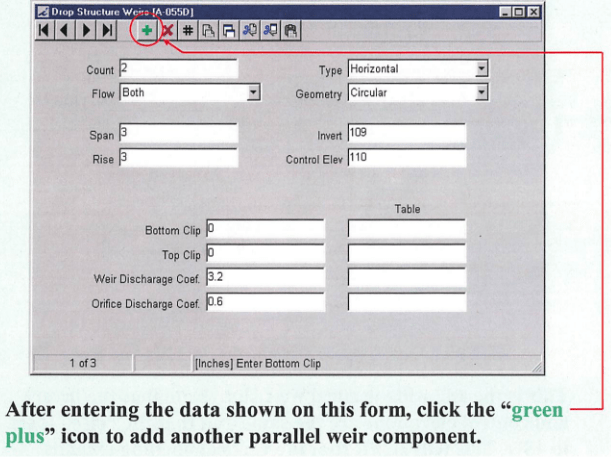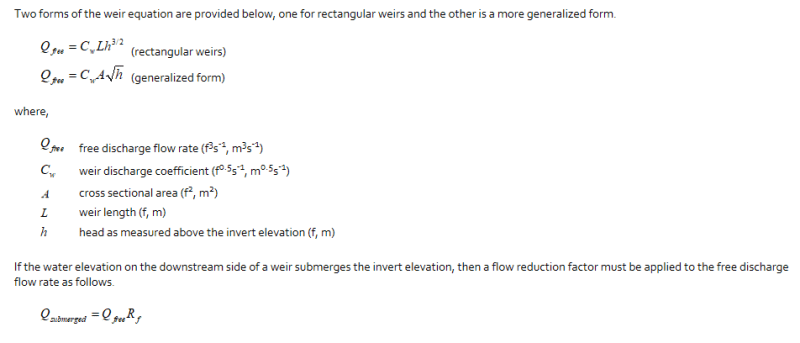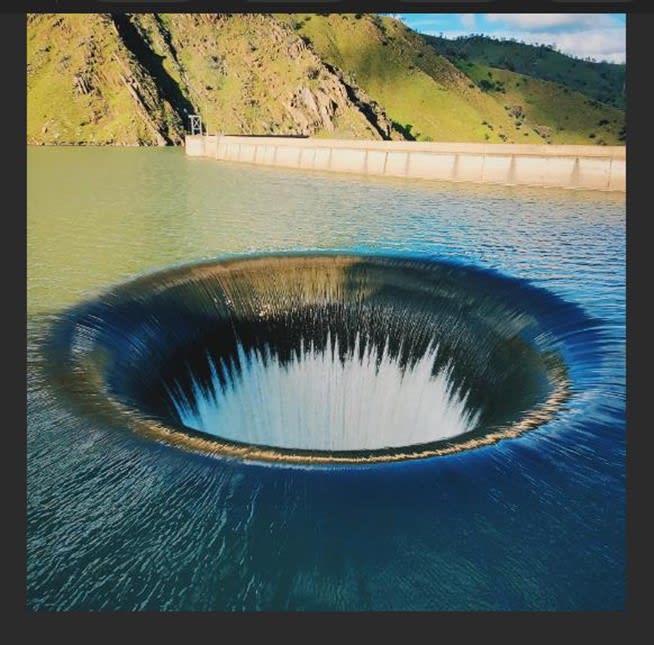kckcei
Civil/Environmental
- Dec 10, 2007
- 12
What is the equation for a horizontal weir such as the top of a ditch bottom inlet with no grate as used in the ICPR program?
Follow along with the video below to see how to install our site as a web app on your home screen.
Note: This feature may not be available in some browsers.






